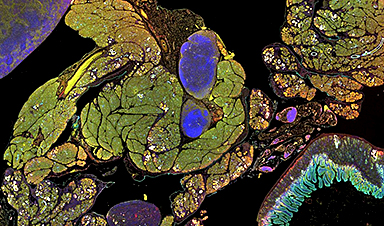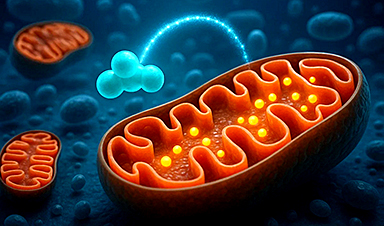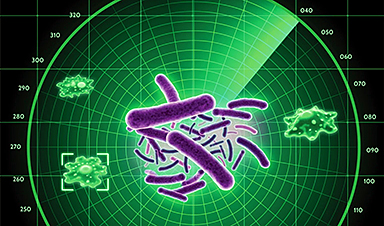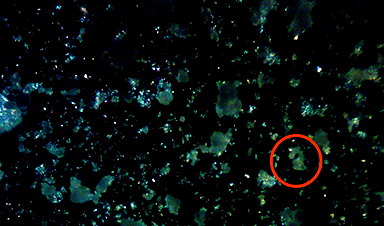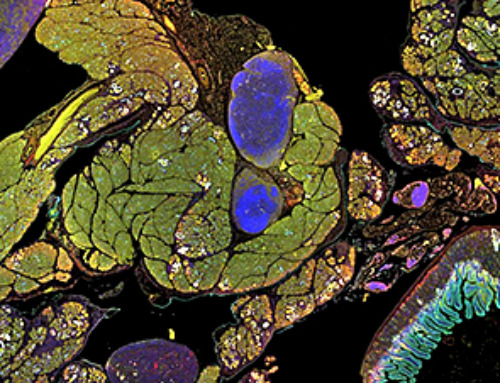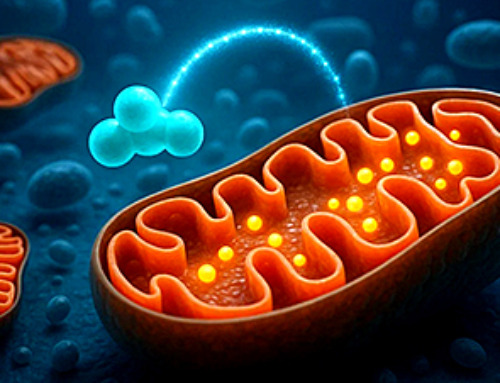A recent study published in Nature Communications presents a new microrobotic platform designed to improve the precision and versatility of nanoparticle manipulation using light. Led by Jin Qin and colleagues, the research addresses limitations in traditional optical methods and introduces a microrobot powered by plasmonic nanomotors.
Background: Limitations of Traditional Techniques
Manipulating nanoparticles at the nanoscale is a persistent challenge. Conventional optical tweezers work well for microscale objects but face limitations with nanoparticles due to diffraction limits and limited control over particle orientation. Efforts to induce particle rotation or enhance control often involve trade-offs, such as bulky attachments or complex multi-trap configurations, which restrict flexibility and accuracy.
To overcome these constraints, the authors developed a light-driven microrobotic system—essentially a microdrone that can move with multiple degrees of freedom and manipulate nanoparticles with enhanced precision. This platform aims to provide greater agility and fine-tuned control for applications requiring nanoscale manipulation.
The Current Study
The microrobots were constructed using a rigid, transparent disk-shaped body made from hydrogen silsesquioxane (HSQ), measuring approximately 3.5 μm in diameter and 150 nm in height, with a total weight of around 3.8 pg. Several plasmonic antennas were integrated into the structure to serve as independent motors.
At the core of the manipulation system is a plasmonic nano-tweezer—a gold cross-antenna designed and fabricated using focused helium ion beam milling. This structure generates a localized near-field hot spot that enables the trapping of nanoparticles. The tweezer was embedded directly onto the microrobot in a single fabrication step, with a 1 μm gap maintained between the tweezer and motors to avoid interference.
For experimental validation, a static tweezer setup was used. It was mounted on a coverslip inside a water cell containing nanodiamonds (average diameter of 70 nm). A 980 nm infrared laser was used to create an optical trap, while a 532 nm green laser excited the nanodiamonds’ color centers for fluorescence-based tracking.
The microrobots were released into solution by etching away the indium tin oxide substrate using hydrochloric acid. Once free-floating in water, the infrared laser induced a gentle push from the substrate, enabling the trapping of nanodiamonds without unwanted adhesion, which can result from surface charge effects.
All trapping and manipulation events were recorded using a high-numerical-aperture oil-immersion objective for detailed imaging of microrobot behavior.
Results and Discussion: Performance of the Microrobot Platform
The researchers successfully demonstrated the microrobot’s ability to trap, transport, and release nanoparticles with high precision. Experimental sequences showed the microrobots performing both spiral and linear motion patterns while securely holding nanodiamonds.
Stable trapping was achieved through the interaction of optical gradient forces and plasmonically enhanced fields, confirming the effectiveness of the integrated tweezer design.
The system also exhibited reliable control over dynamic sequences, something not possible with many existing manipulation tools. The applications discussed include targeted drug delivery, quantum sensing, and other nanotech workflows that require cargo transport at the nanoscale.
The authors do acknowledge some limitations. For instance, heat-induced thermophoresis can reduce trapping efficiency, and particles may detach during rapid movement. However, they suggest that implementing an active feedback system could help counteract Brownian motion and improve positional accuracy during manipulation.
With further refinement, this platform could support a wider range of applications in areas like targeted cargo delivery, quantum sensing, and precision nanoscale engineering.
Journal Reference
Qin J., et al. (2025). Light-driven plasmonic microrobot for nanoparticle manipulation. Nature Communications 16, 2570. DOI: 10.1038/s41467-025-57871-x, https://www.nature.com/articles/s41467-025-57871-x
News
Scientists May Have Found a Secret Weapon To Stop Pancreatic Cancer Before It Starts
Researchers at Cold Spring Harbor Laboratory have found that blocking the FGFR2 and EGFR genes can stop early-stage pancreatic cancer from progressing, offering a promising path toward prevention. Pancreatic cancer is expected to become [...]
Breakthrough Drug Restores Vision: Researchers Successfully Reverse Retinal Damage
Blocking the PROX1 protein allowed KAIST researchers to regenerate damaged retinas and restore vision in mice. Vision is one of the most important human senses, yet more than 300 million people around the world are at [...]
Differentiating cancerous and healthy cells through motion analysis
Researchers from Tokyo Metropolitan University have found that the motion of unlabeled cells can be used to tell whether they are cancerous or healthy. They observed malignant fibrosarcoma cells and [...]
This Tiny Cellular Gate Could Be the Key to Curing Cancer – And Regrowing Hair
After more than five decades of mystery, scientists have finally unveiled the detailed structure and function of a long-theorized molecular machine in our mitochondria — the mitochondrial pyruvate carrier. This microscopic gatekeeper controls how [...]
Unlocking Vision’s Secrets: Researchers Reveal 3D Structure of Key Eye Protein
Researchers have uncovered the 3D structure of RBP3, a key protein in vision, revealing how it transports retinoids and fatty acids and how its dysfunction may lead to retinal diseases. Proteins play a critical [...]
5 Key Facts About Nanoplastics and How They Affect the Human Body
Nanoplastics are typically defined as plastic particles smaller than 1000 nanometers. These particles are increasingly being detected in human tissues: they can bypass biological barriers, accumulate in organs, and may influence health in ways [...]
Measles Is Back: Doctors Warn of Dangerous Surge Across the U.S.
Parents are encouraged to contact their pediatrician if their child has been exposed to measles or is showing symptoms. Pediatric infectious disease experts are emphasizing the critical importance of measles vaccination, as the highly [...]
AI at the Speed of Light: How Silicon Photonics Are Reinventing Hardware
A cutting-edge AI acceleration platform powered by light rather than electricity could revolutionize how AI is trained and deployed. Using photonic integrated circuits made from advanced III-V semiconductors, researchers have developed a system that vastly [...]
A Grain of Brain, 523 Million Synapses, Most Complicated Neuroscience Experiment Ever Attempted
A team of over 150 scientists has achieved what once seemed impossible: a complete wiring and activity map of a tiny section of a mammalian brain. This feat, part of the MICrONS Project, rivals [...]
The Secret “Radar” Bacteria Use To Outsmart Their Enemies
A chemical radar allows bacteria to sense and eliminate predators. Investigating how microorganisms communicate deepens our understanding of the complex ecological interactions that shape our environment is an area of key focus for the [...]
Psychologists explore ethical issues associated with human-AI relationships
It's becoming increasingly commonplace for people to develop intimate, long-term relationships with artificial intelligence (AI) technologies. At their extreme, people have "married" their AI companions in non-legally binding ceremonies, and at least two people [...]
When You Lose Weight, Where Does It Actually Go?
Most health professionals lack a clear understanding of how body fat is lost, often subscribing to misconceptions like fat converting to energy or muscle. The truth is, fat is actually broken down into carbon [...]
How Everyday Plastics Quietly Turn Into DNA-Damaging Nanoparticles
The same unique structure that makes plastic so versatile also makes it susceptible to breaking down into harmful micro- and nanoscale particles. The world is saturated with trillions of microscopic and nanoscopic plastic particles, some smaller [...]
AI Outperforms Physicians in Real-World Urgent Care Decisions, Study Finds
The study, conducted at the virtual urgent care clinic Cedars-Sinai Connect in LA, compared recommendations given in about 500 visits of adult patients with relatively common symptoms – respiratory, urinary, eye, vaginal and dental. [...]
Challenging the Big Bang: A Multi-Singularity Origin for the Universe
In a study published in the journal Classical and Quantum Gravity, Dr. Richard Lieu, a physics professor at The University of Alabama in Huntsville (UAH), which is a part of The University of Alabama System, suggests that [...]
New drug restores vision by regenerating retinal nerves
Vision is one of the most crucial human senses, yet over 300 million people worldwide are at risk of vision loss due to various retinal diseases. While recent advancements in retinal disease treatments have [...]

